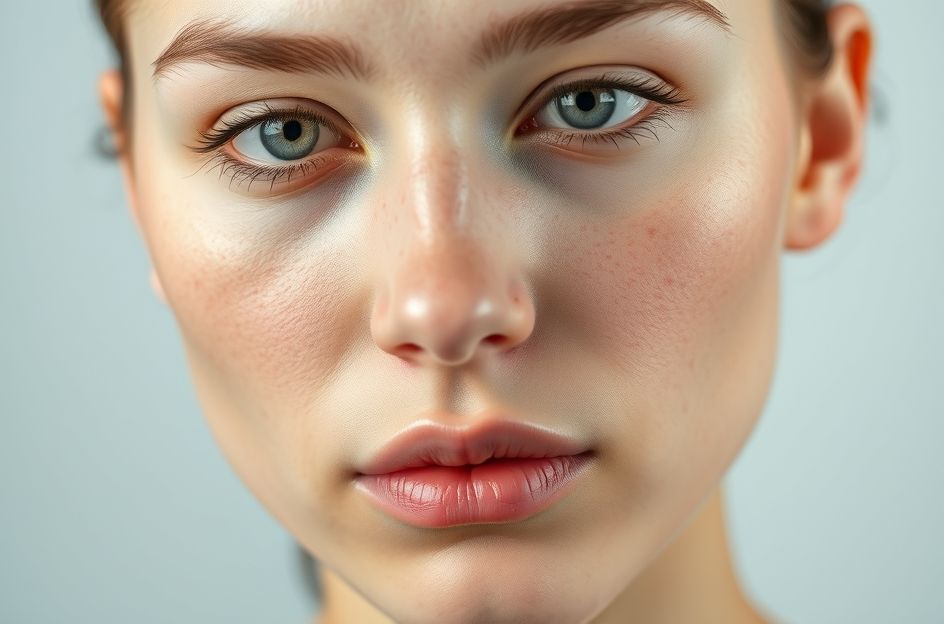Acne is a widespread skin condition, affecting over 90% of adolescents, nearly 50% of adult women, and 25% of all adults, transcending gender and national borders. While a definitive cure remains elusive, effective treatments and preventative measures exist.
The key to managing acne lies in prevention – addressing the condition before visible symptoms appear. Consistency with an effective acne treatment is crucial, even after blemishes disappear, to prevent recurrence. Early intervention is also essential to minimize the risk of permanent skin damage. To effectively combat acne, understanding its origins is paramount.
Acne is primarily caused by a combination of internal factors rather than external influences like diet or hygiene. A blemish typically develops two to three weeks before surfacing, originating in the sebaceous hair follicles (pores). Sebum, an oily substance produced by the sebaceous glands, keeps the skin moisturized. As skin cells renew, old cells mix with sebum and are shed. In healthy skin, this shedding occurs gradually.
However, uneven shedding can cause dead cells to clump together, forming a plug (comedo) that traps oil and bacteria within the follicle. This blockage leads to swelling as the skin continues to produce oil, triggering an immune response with white blood cells attacking the bacteria, culminating in a pimple.
Several factors contribute to acne development, many of which are beyond one’s control. The rate of skin cell shedding varies throughout life and sebum production is influenced by hormone levels, particularly in women. Genetics also play a significant role, making family history a valuable indicator.
Key factors contributing to acne include:
1. **Hormones:** During puberty, increased androgen production stimulates sebaceous glands, leading to overproduction of sebum in acne sufferers. Androgens also contribute to menstrual cycle-related and pregnancy-related acne flare-ups.
2. **Excess Sebum:** Overstimulated sebaceous glands produce excess sebum, which mixes with skin bacteria and dead skin cells, increasing the likelihood of follicle clogging.
3. **Follicle Fallout:** Rapid shedding of dead skin cells, combined with excess sebum, forms a plug in the follicle, disrupting the natural skin renewal process.
4. **Bacteria:** Propionibacterium acnes (P. acnes), a common skin bacterium, multiplies rapidly within a plugged follicle, causing inflammation.
5. **Inflammation:** The body’s immune response to bacteria involves white blood cells attacking the intruders, leading to redness, swelling, and pain associated with pimples. The inflammatory response varies among individuals, with adult women often experiencing a stronger response.
Fortunately, various acne treatments are available. Determining the type and severity of acne is crucial for finding the most effective treatment. Acne manifests differently in each individual, with variable responses to treatment. Understanding your specific type of acne increases the likelihood of finding a successful solution.
